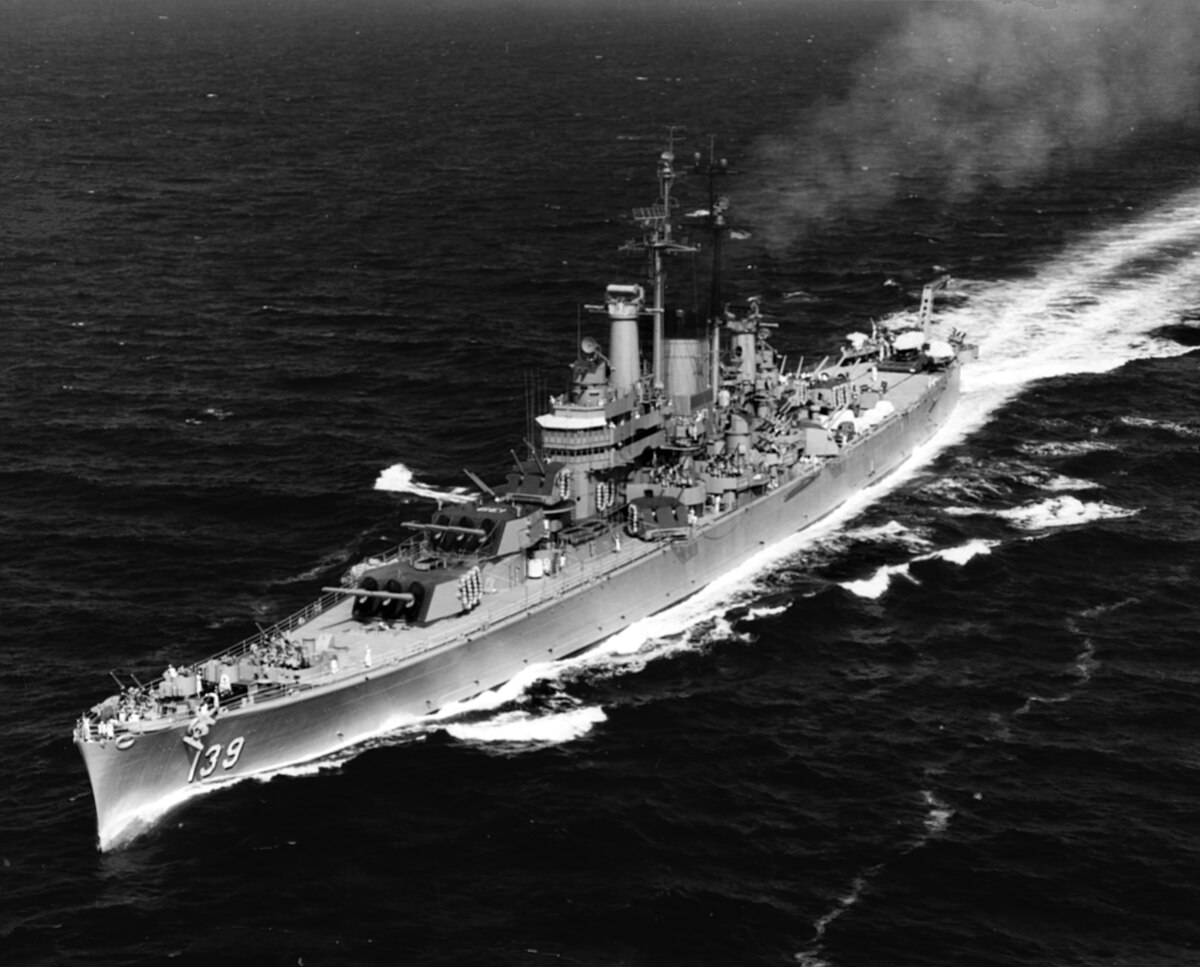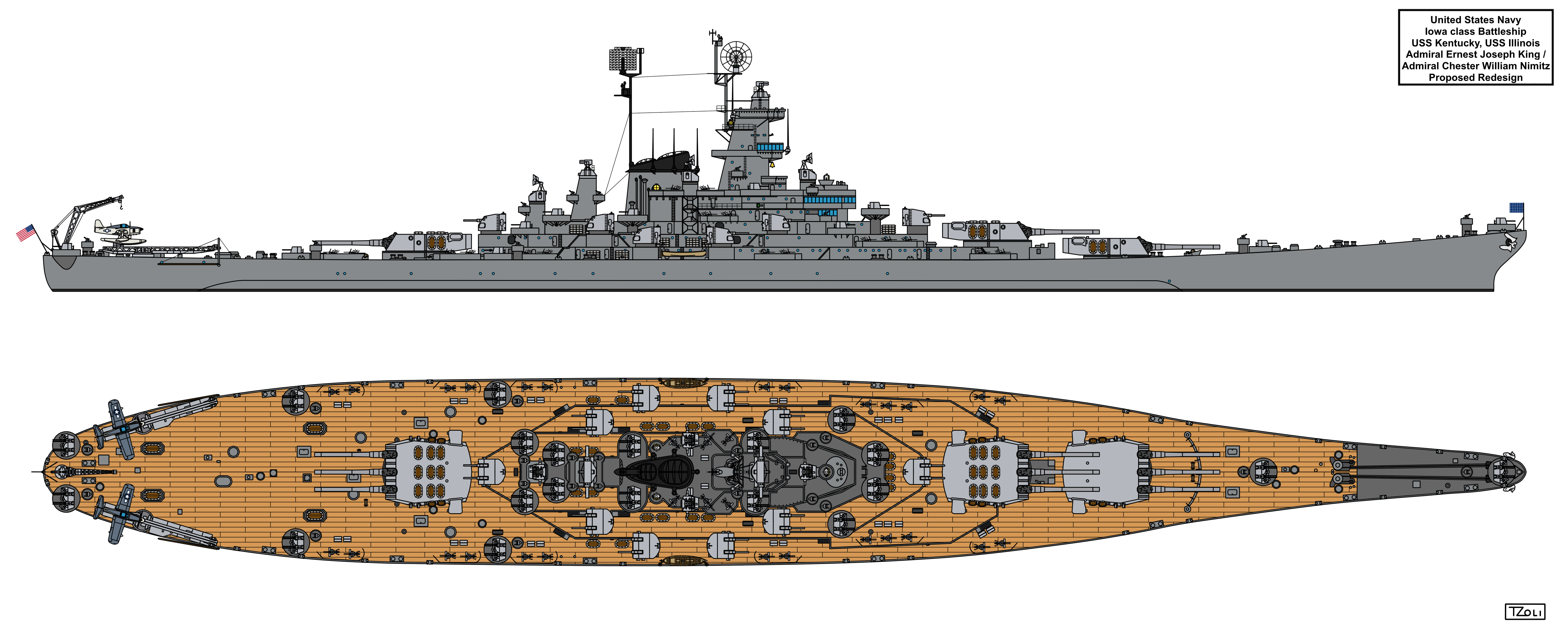Too, battleships did not figure in the projected late-war programs, apart from continued work on the two last Iowas. All of this makes me wonder where the King-Forrestal discussion was found.
I believe some context is needed. This discussion was in SECNAV's office on 6 January 1945.
At this time, it's around December 1944 - January 1945. In Europe, the German War is raging on. The German collapse that looked inevitable suddenly reversed itself on 16 December 1945 with
Unternehmen Wacht am Rhein; making it look like the War in Europe might drag on to possibly Summer 1945.
If Germany doesn't fall until late Summer 1945, it hopelessly dislocates US planning for the PTO (see attachment). I made a typo in that graph (labelled "V-J Day" as "V-E Day") but you can see how the longer Germany survives, the higher the probability of WW2 lasting into 1947 is).
The US has taken the Philippines in the Fall of 1944 and encountered the Kamikaze in it's first form. Wiki claims for the Leyte Gulf area: In total, seven carriers were hit, as well as 40 other ships (five sunk, 23 heavily damaged, and 12 moderately damaged) and about 2000 attempts during that phase.
Hence why we saw the FY1945 Fleet Program (2 x CVB, 6 x CV, 12 x CVE, 4 x CA, 6 x CL, 36 x DD, 18 x SS, 84 x total combatants) approved by FDR in one of his last major policy decisions -- as "fleet insurance"; i.e. pay for these ships now when they're at their cheapest, thanks to wartime wage restrictions in the shipyards and mass production of spare parts for all the components of the ships; and use them to replace hypothetical 1945-1946 (or 1947) war damaged ships in the post-war fleet; instead of spending $$$ to repair them.
However, by March 1945, the 1945 Combatant program was all but killed.
What changed by March 1945?
1.) Germany was pretty much done

en.wikisource.org
March 1, 1945 Front Lines

en.wikisource.org
March 15, 1945 front lines
This meant that an enormous amount of ASW resources in the Atlantic could be freed up and either decommissioned, or sent to the Pacific as replacements for damaged ships.
In the Pacific, Iwo Jima was ten days away from being secured (26 March 1945), while Okinawa was about to launch in about 15 days (1 April 1945.
Scheduled vs actual losses in warships were probably running lower than estimates.
This led to the decision to kill everything but the CVE section of the FY1945 program.


